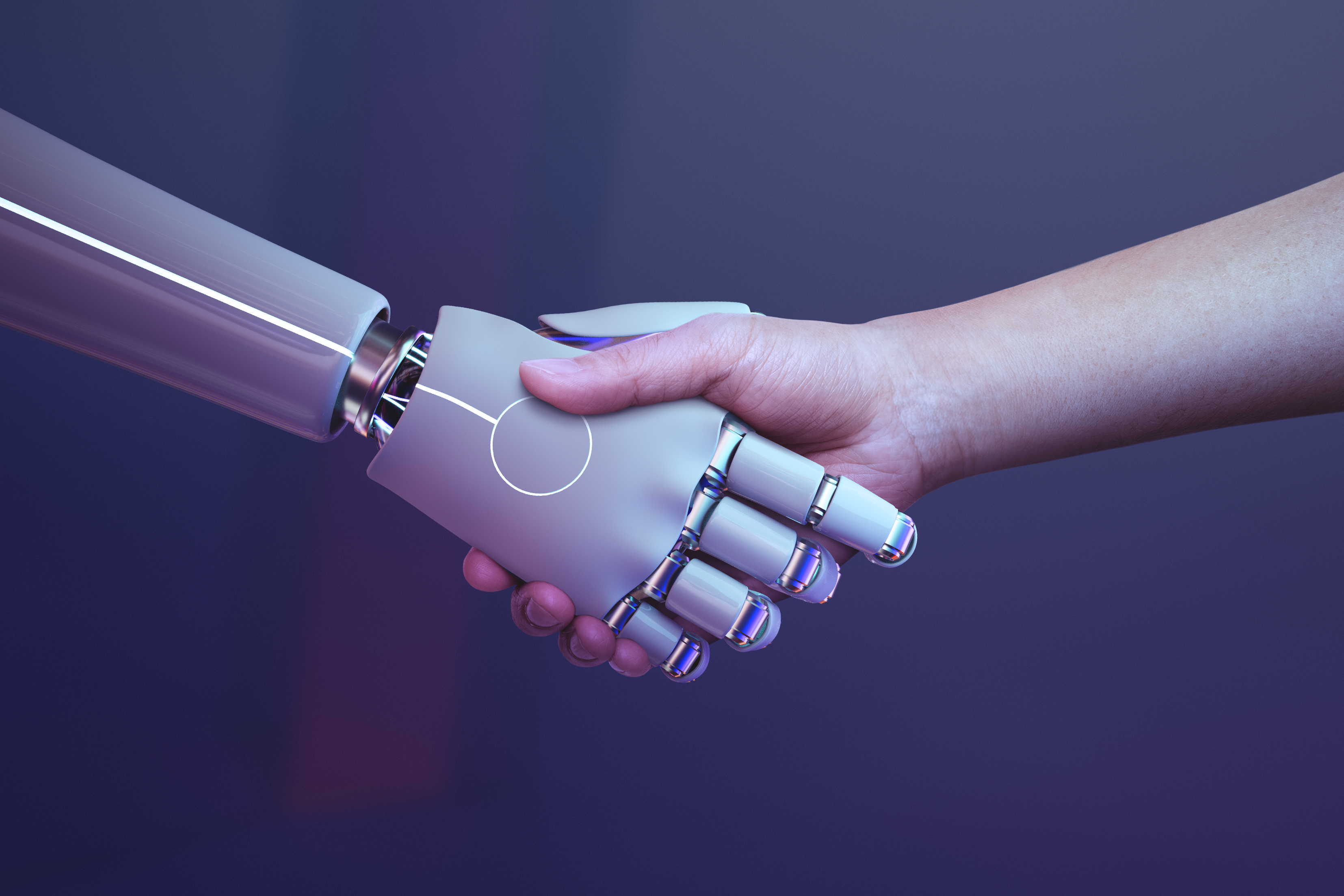Wednesday, July 19th 2023
The Pain of Surveys Solved with AI

Employee surveys play a crucial role in understanding the pulse of an organization, identifying areas for improvement, and enhancing employee engagement. However, HR teams often face several challenges throughout the process, from creating and running surveys to analyzing data and developing action plans. In recent years, advancements in artificial intelligence (AI) have opened up new possibilities for gathering employee insights through alternative methods, such as analyzing team communication platforms like Slack and Microsoft Teams. This article explores the pain points of HR teams in traditional employee surveys and discusses how AI-based tools can offer valuable alternatives.
Time Commitment and Expense for Creating Surveys:
Designing and creating surveys can be a time-consuming task for HR teams. Crafting effective questions that capture the necessary information while maintaining employee anonymity requires careful thought and expertise. Moreover, the need for multiple iterations and approvals adds to the time investment. Additionally, the expense associated with survey software and distribution tools can strain the HR budget.
Running Surveys and Encouraging Participation:
After creating the surveys, HR teams face the challenge of encouraging employee participation. Low response rates can undermine the survey's validity and reduce the representativeness of the data. HR professionals must invest time and effort in promoting the survey, emphasizing its importance, and addressing employee concerns to motivate participation.
Analyzing Survey Data:
Once the survey is complete, HR teams must sift through a vast amount of data. This process can be overwhelming, especially for larger organizations. Manually analyzing and interpreting survey results can consume a significant amount of time and resources. HR professionals often need to categorize responses, identify patterns, and extract meaningful insights, which can be a laborious task.
Creating Action Plans Based on Results:
Transforming survey data into actionable plans is another challenge faced by HR teams. Identifying key areas for improvement and developing strategies to address them requires careful consideration and collaboration with various stakeholders. This step often involves multiple meetings and discussions, which further extend the time and effort invested by HR teams.
Are Employee Surveys Even Worth it?
With all the time and effort HR teams put into the surveys, are they even worth it? Surveys are only a snapshot in time and so HR teams are always working with old data that may no longer represent the employee experience. If employees are not 100% honest or if they choose to not respond to the survey at all, the results will be inaccurate, skewed or moderated from the true feelings of the employees. With the considerable time and effort spent, and a growing concern that surveys are not accurate or timely enough to provide good data, HR teams are looking at new ways to understand employees.
The Role of AI-based Tools in Uncovering Employee Insights:
1- Analyzing Slack and Microsoft Teams Chats:
AI-powered tools like TruPulse can offer an innovative and efficient way to gather employee insights. By analyzing the communication patterns within team collaboration platforms like Slack and Microsoft Teams, HR teams can gain valuable information regarding employee morale, trending topics, and cultural health. These tools use natural language processing algorithms to detect sentiment, emotions, and identify keywords that provide insights into the employee experience. Strict de-identification functionality strips all identifiable information off communications so people insights can be collected while respecting and protecting employee privacy.
2- Real-time Insights and Trends:
AI-based tools provide real-time insights into employee sentiments and trending topics. This enables HR teams to quickly identify emerging issues and take proactive measures. By analyzing conversations, organizations can gain a deeper understanding of employee concerns, engagement levels, and overall satisfaction without having to wait months to run and analyze survey data.
3- Cost and Time Efficiency:
Analyzing chat data using AI-based tools can save HR teams significant time and resources compared to traditional surveys. Instead of designing and administering surveys, these tools automatically extract valuable insights from existing communication channels. This approach eliminates the need for extensive manual data analysis and reduces costs associated with survey software and distribution.
4- Actionable Recommendations:
AI-powered tools can generate actionable recommendations based on the analyzed chat data. By identifying patterns and correlations, these tools can suggest specific actions to address identified issues, improve employee morale, and strengthen the organization's culture. HR teams can leverage these recommendations to develop targeted strategies and action plans efficiently.
Survey-Free People Insights with AI:
While traditional employee surveys have been a staple for HR teams, they come with their fair share of challenges. From creating and running surveys to analyzing data and developing action plans, the process can be time-consuming and expensive. However, advancements in AI-based people analytics tools like TruPulse present a promising alternative. By analyzing Slack and Microsoft Teams chats, HR teams can gain valuable insights into employee morale, trending topics, and cultural health all while maintaining employee privacy. These tools provide real-time information, save costs, and offer actionable recommendations, making them a viable solution for uncovering employee insights in a more efficient and effective manner. As organizations continue to embrace technology, AI-based tools can become an invaluable resource for HR teams striving to enhance employee engagement and organizational success.
Recent blog posts


